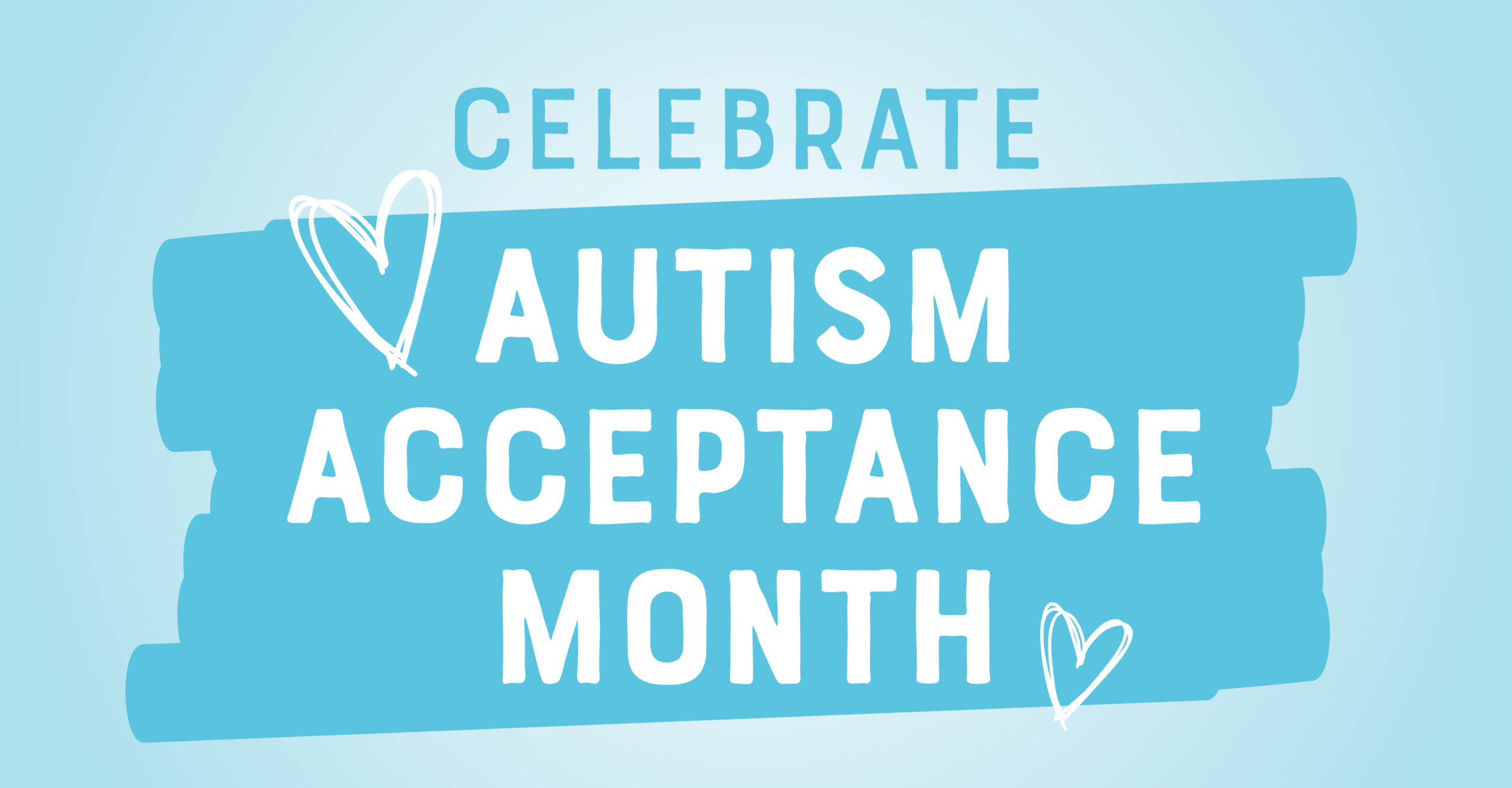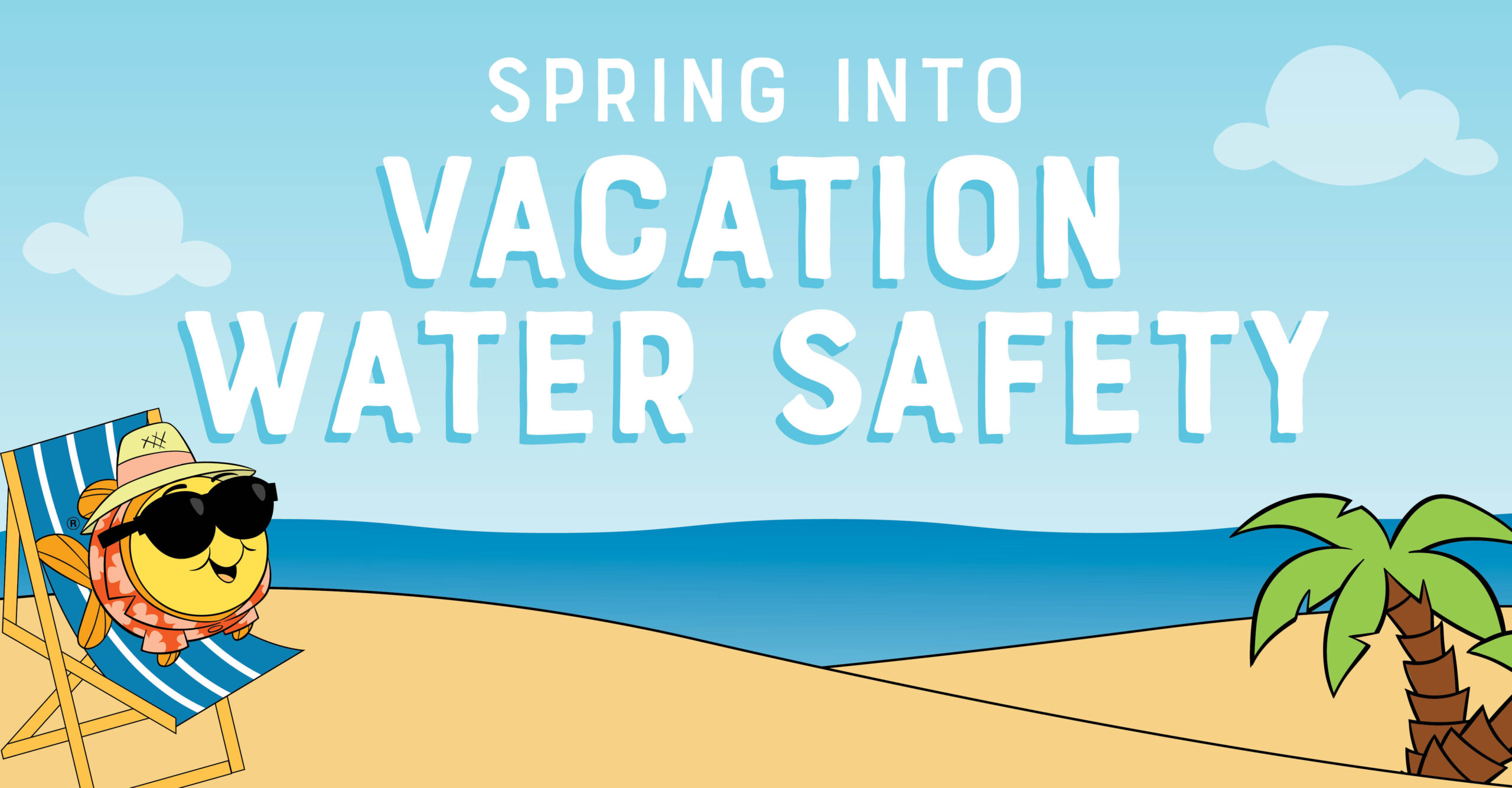The Pandemic’s Impact on Drowning Rates & The Importance of Swim Lessons

After months of cooler weather and sheltering indoors, summer is finally here!
As families look for ways to beat the heat and begin to dip their toes back into daily life, there’s another public health issue impacting communities across the country: drowning.
While many splash pads, water parks and community pools across the country remain closed out of precaution to prevent further spread of the coronavirus, families are turning to lakes, beaches and backyard pools as a way to get outdoors and enjoy the nice weather while adhering to social distancing recommendations.
While seasonal factors lead to an increase in drowning-related incidents during the summer, the American Academy of Pediatrics (AAP) is concerned children may be at a higher risk of drowning this year.
States like Florida and Texas are reporting an increase in drownings from this time last year, and health experts believe the pandemic may be a contributing factor.
Many parents are continuing to juggle the demands of working from home while caring for their children. Between conference calls and cooking meals, children can easily slip out of sight for a matter of mere moments, which unfortunately is all the time it takes for tragedy to strike.
As the New York Times explains, it’s this exact scenario that has experts concerned.
Drowning: The Epidemic That’s Not Discussed Enough
The unfortunate reality is that drowning can happen to anyone, with the majority of accidents happening at home when parents don’t expect their child to be near water.
Even before the pandemic, 90% of child drowning deaths occurred when a caregiver was supervising, and 77% of drowning victims had only been out of sight for less than five minutes.
It’s not just deep water parents need to be concerned about either. All it takes is two inches of water for someone to drown, turning common household objects like bathtubs, toilets or even buckets of water and kiddie pools into potential drowning hazards for young children.
Despite the startling statistics floating out there, many parents are surprised to learn drowning is the number one cause of injury-related death among children ages 1-4, and the second leading cause of death for children ages 5-14.
Taking the lives of three US children every day, drowning is an epidemic that deserves more discussion-which is why swim lesson providers are coming together to raise awareness about drowning prevention, and educate public officials about the importance of providing essential access to lifesaving learn-to-swim programs.
How Swim Lessons Save Lives
With rising concerns of childhood drownings increasing amid the pandemic, our mission of helping children be safer in and around the water has taken on new meaning as we work with local officials across the country to explain the profound impact swim lessons can have when it comes to drowning prevention.
While drowning prevention requires multiple layers of protection, studies have shown formal swim lessons can reduce the risk of drowning by 88% for children as young as one year-old.
Despite the data, learn-to-swim facilities remain closed in some parts of the country.
As part of our commitment to make a positive difference and help reduce the number of drowning-related accidents, we recently joined forces with a network of swimming partners to form an Aquatics Council through USA Swimming to advocate for the safe and responsible reopening of purposeful, instructional aquatics facilities nationwide.
With the ability to provide a controlled learning environment, these facilities have the ability to safely reopen in compliance with government requirements and provide children with lifesaving skills.
Goldfish Swim School’s Commitment to Staying Safer. Stronger. Together.
This year has been incredibly challenging for families, businesses and communities alike. And for a while, it seemed as though many aspects of life were on pause, but water safety is one thing that cannot wait – which is why we are grateful to have the opportunity to start safely reopening some of our schools.
As the country starts to reopen, and our schools begin to welcome swimmers back to the pool, our team has been working hand-in-hand with the Centers for Disease Control and Prevention (CDC), and complying with each school’s state and local health authorities, to ensure we are providing the safest possible experience as our families dive back in.
While protocols vary school-to-school based on state and local health regulations, the safety and wellbeing of students, guests, and team members remains our top priority and we’ve made notable adjustments to class sizes, sanitization procedures and school policies to ensure proper social distancing.
Given how quickly COVID-19 continues to evolve, we’re constantly monitoring for new developments and will continue to reevaluate steps and actions to assure we continue to do the right things, as well as follow the guidelines outlined by the CDC and local public health officials.
LEARN MORE ABOUT OUR SAFER. STRONGER. TOGETHER. INITIATIVE
What You Can Do to Ensure Your Family Has a Safe and Splash-worthy Summer
If you live in a community where swim lesson providers have been allowed to reopen, enroll your children in lessons as a way to help them develop a healthy respect for the water and build life-saving skills that will give them the confidence they need to safely swim.
As Goldfish Swim Schools across the country continue to safely reopen, families can enroll children, ages four months to 12 years, in a wide range of swim lesson and water safety instruction utilizing a proprietary curriculum, The Science of SwimPlay®, which helps to build life skills both in and out of the water using play-based learning in a fun and safe environment.
While some swim schools across the country remain closed due to government guidelines, that doesn’t mean the progress has to stop!
In an effort to ensure more families have access to water safety information and resources, we recently launched Goldfish At Home, a series of free, virtual dry-land swim lessons, along with a variety of online and interactive water-safety focused initiatives and activities.
Many of our swim schools also offer free, fun and interactive W.A.T.E.R. safety presentations for local elementary schools, daycares and other community organizations. Contact your local Goldfish Swim School to learn how you can schedule a water safety presentation for your group.
There is still so much that can be done to spread the important message of water safety, and now is the perfect time for parents to bush up on water safety tips for drowning prevention.
HERE ARE 10 LIFE-SAVING TIPS FOR PREVENTING DROWNING
The good news is drowning is preventable! Through awareness and education, we can all do our part to put an end to this preventable epidemic and create a safer future for our children.
To us, there’s no greater joy than giving children the gift of water safety. Prior to the pandemic, we had the fortunate privilege of teaching over 130,000 children to be safe in and around water each and every week, and we look forward to continuing the important work we’re doing to ensure more children have access to water safety education during this critical time.



